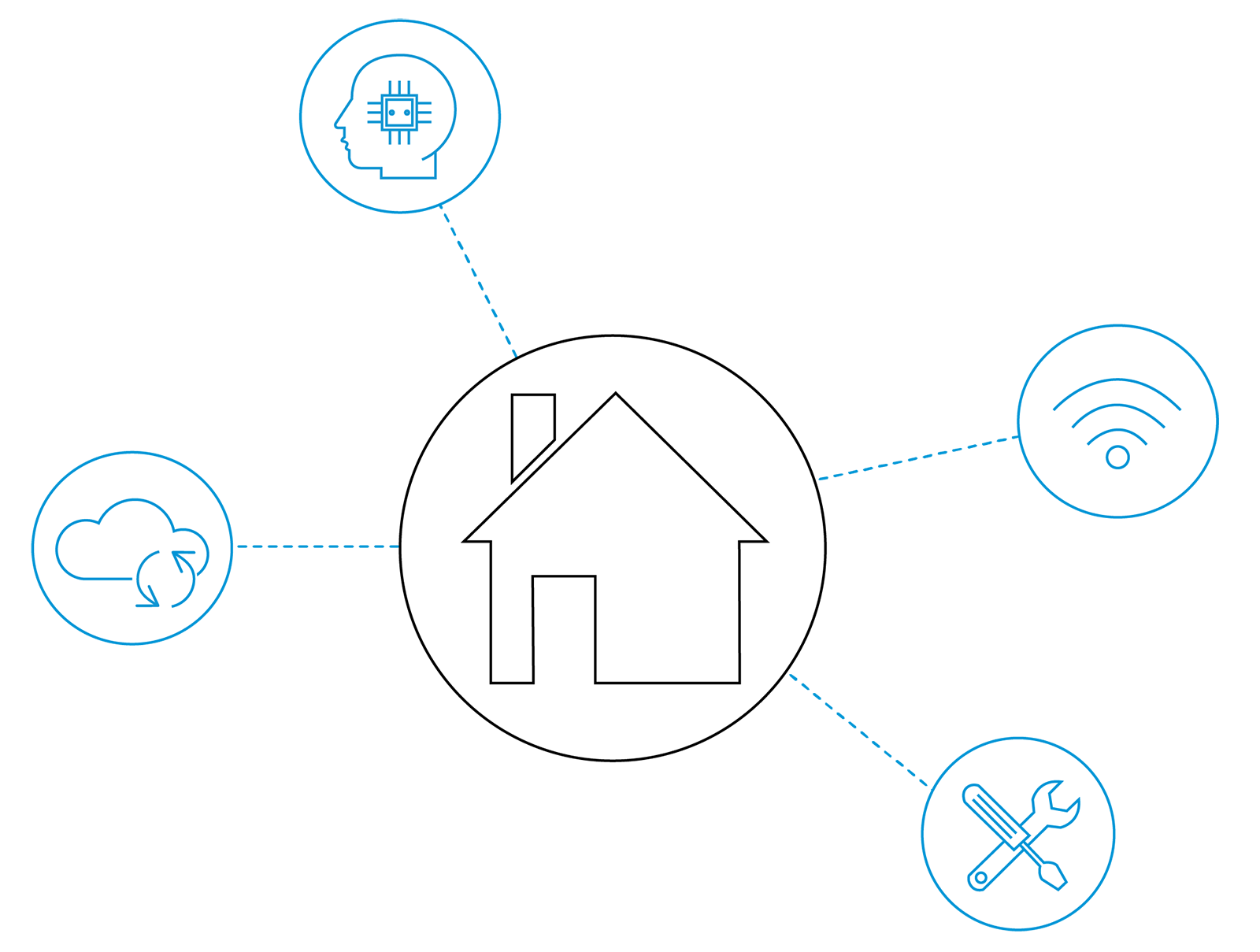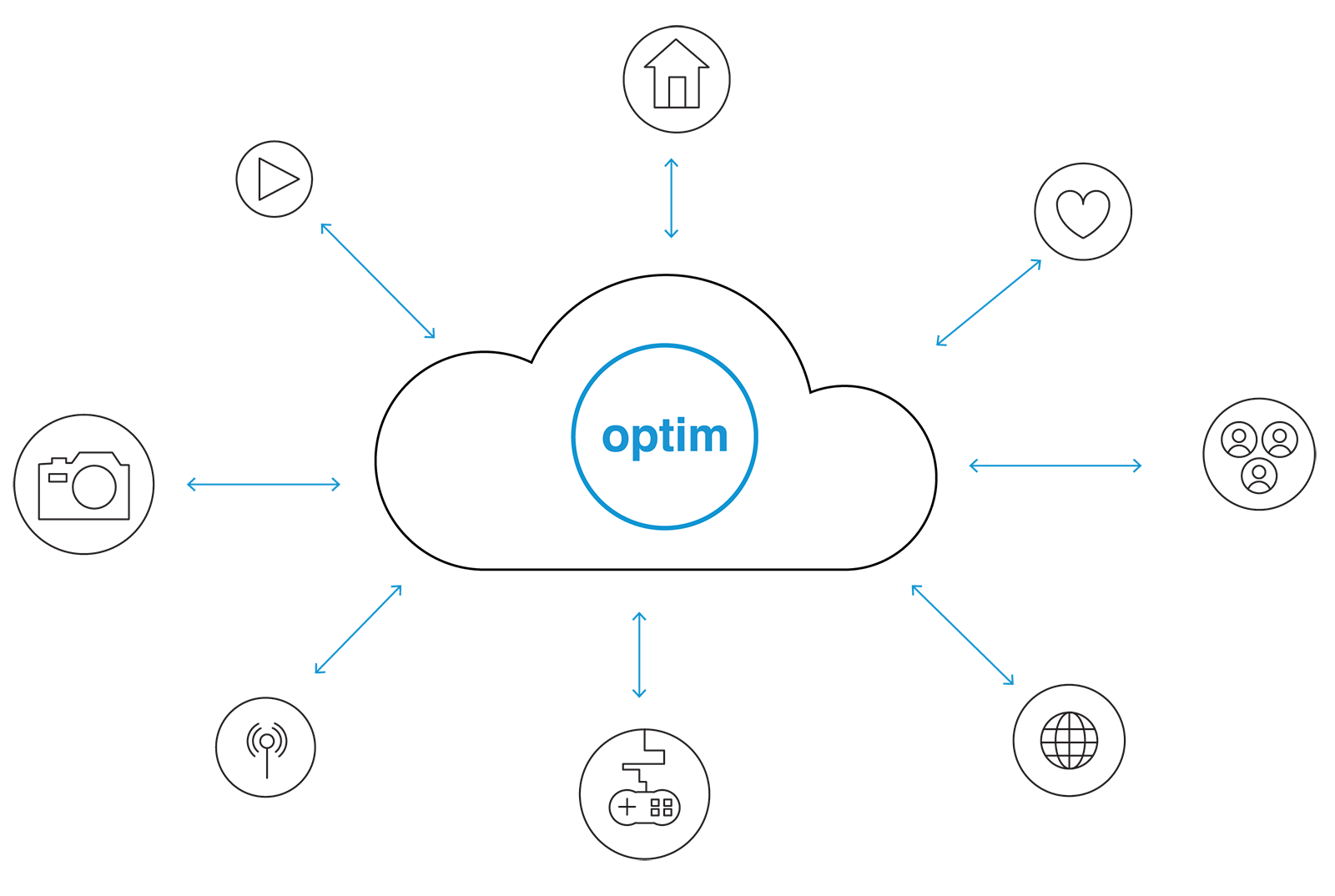There is an abundance of opportunity for Service Providers, with the emergence of Wi-Fi 6, 5G, 10G, and better than ever IoT devices. The conversation is now about how to incorporate these key initiatives into business plans and what these opportunities offer service providers. There are four primary things for service providers to consider when making key decisions for their future.

1. Changing Consumer Requirements
The role service provider’s play in consumer households is changing, which means priorities also have to change. Not too long ago, consumers were demanding connectivity from providers. Then the priority shifted to performance. While those two elements play an important role with consumers, today it’s all about personalization. Consumers are drawn to the allure of “a la carte” connectivity that allows them to create a home environment with devices that suit their needs, content they want to consume, and services to match those demands.
IoT devices represent a majority of personalization in the home. A study from 451 Research found that after consumers bought one smart home device, 70% bought an additional smart device. The rapid growth of IoT adoption has created opportunities in the form of IoT integration. When the smart home is properly integrated, consumers can seamlessly interact with their environment, and ultimately, IoT devices can work together with or without human intervention. Service providers can offer their customers whole home integration tools to drive smart home adoption and build revenue through smart home integration services. By offering a service like managed WiFi, providers enable their customers to personalize their IoT and home networking experience.

2. Managed WiFi
In order to successfully integrate IoT devices and deliver the personalized experience customers have come to expect from their service providers, additional network management services are necessary. Managed WiFi services offer a unique opportunity for service providers to give their customers complete control over their network, improve network performance, and gain valuable insights into customer usage. ABI Research indicated that greater personalization and DIY capability makes smart home technology more appealing to the average consumer.
WiFi networks are faced with many variables: devices, users, applications, and even the physical environment. Managed WiFi platforms take the guesswork out of the equation, allowing consumers and providers to adjust and optimize the network using AI automation and similar tools, allowing customers to customize their network in a way that meets their expectations. Optim, a managed WiFi solution, provides a unified view into a customer’s home network with features like a self-serve dashboard, remote troubleshooting, real-time data reporting, and self-healing capabilities. Operators that provide their customers with managed WiFi services report reduced support calls, lower customer support costs, WiFi issue resolutions without a truck roll, increased customer satisfaction, and better network performance.

3. Big Data Analytics
Developing strategies requires making informed decisions. Customer networks that include IoT devices create massive amounts of data that show data usage patterns and other key pieces of information, but it’s nearly impossible to distill all that data without data management tools. Since IoT devices are a major source of data, as IoT continues to grow in popularity, the demand for efficient data analytics also grows. Some managed WiFi platforms, like Optim, include advanced analytics that can use collected IoT data to reveal usage trends, find patterns, identify potential issues or threats that impact the network, and enable self-healing network capabilities.
Using data collected from IoT devices can help providers to make informed business decisions and create relevant service offerings that allow customers to implement new technology in their homes. For example, if a customer’s data usage indicates that they are spending more time streaming video, they might be considering cutting the cord. This insight allows the provider to pro-actively offer the customer an Internet only package or personalize their data package to meet their content needs. Adopting big data analytics is crucial for service providers to understand the constantly evolving needs of their customers and making efficient and well-informed decisions.

4. Customer Experience
By leveraging managed WiFi services and big data analytics, service providers can largely improve their customer experience. Customer experience ratings are based on three primary elements: success, effort, and emotion. Success represents a customer’s interaction with the company and if that interaction successfully met the customer’s needs. Effort represents how easy it was to interact with the company. The emotion component represents how the customer felt overall following the interaction with the company. Forbes found that companies that lead in customer experience outperform competitors by nearly 80%. In addition, 73% of customers say a good experience is key in influencing their brand loyalties.
Given the competition service providers are up against, establishing a high customer service rating is essential in engaging new customers and maintaining current customers. Operators can use managed WiFi services as a way to engage their customers and efficiently resolve customer facing network issues without the hassle or cost of a truck roll. With Optim, technicians have real-time and historical visibility into the customer’s Wi-Fi network performance for prompt resolutions. In addition, managed WiFi puts customers in control of their home network and allows them to solve basic issues themselves. The proactive nature of these value-added services can help providers increase their customer retention and satisfaction ratings.
With little to no revenue growth in traditional network services, providers must adapt to changing customer demands. Consumers require bigger and faster data bundles to keep their devices connected and grow their smart home environment. Home networking is the biggest market opportunity for service providers. By implementing value added services like managed WiFi and big data analytics, providers can make informed decisions that ultimately improve customer satisfaction, making their services stand out among the competition.
Optim is designed to make home networking easy. Are you a Service Provider looking for more information on Optim Managed Service Assurance Platform? Please contact our Business Development team directly.
